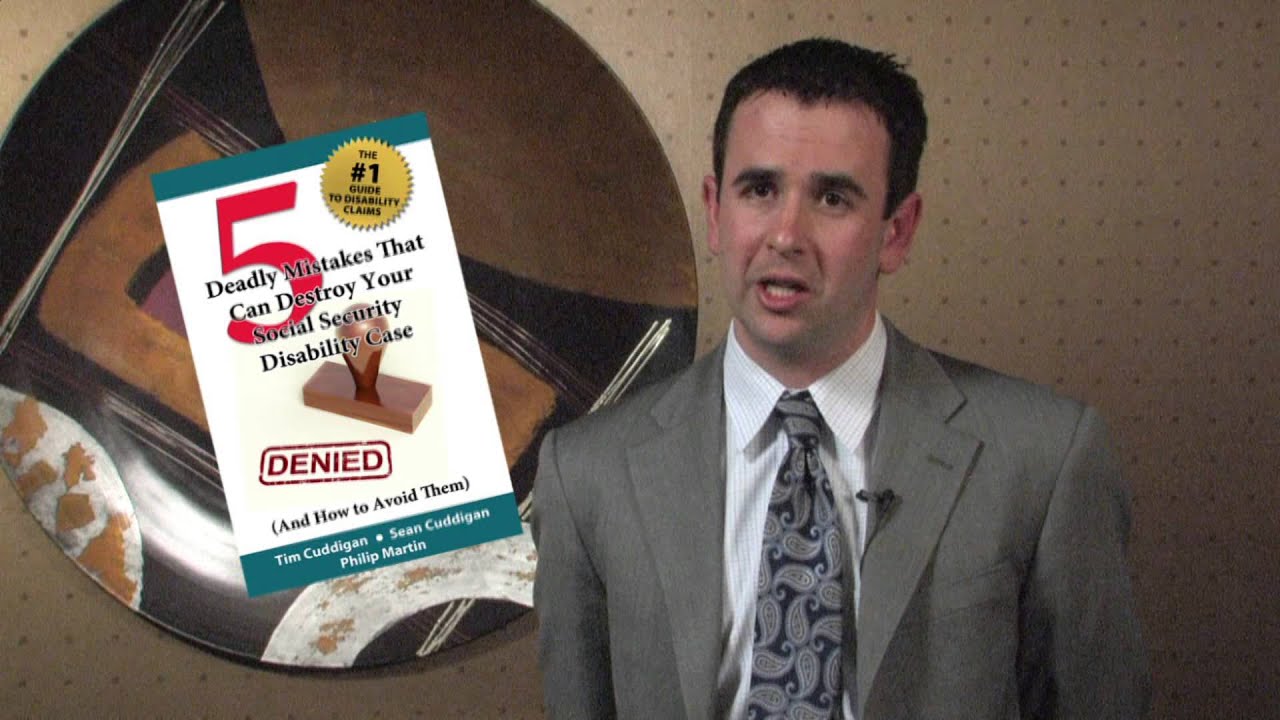5 Deadly Mistakes That Can Destroy Your Social Security Disability Case (SSD)
Navigating the Social Security Disability (SSD) application process can be complex and overwhelming. While many individuals qualify for benefits due to a disabling medical condition, even seemingly minor mistakes can significantly impact your claim. Understanding these pitfalls can significantly increase your chances of receiving approval. Here, we explore five critical mistakes that can destroy your Social Security Disability case and offer tips to avoid them.
Mistake #1: Failing to Provide Sufficient Medical Evidence
The Social Security Administration (SSA) relies heavily on medical documentation to assess your disability. Without strong medical evidence that proves the severity and limitations caused by your condition(s), your claim will likely be denied.
Here’s how to avoid this mistake:
- Seek regular medical care: Establish a relationship with a primary care physician (PCP) and visit them regularly.
- Document your condition(s): Ensure your medical records detail your diagnosis, treatment plan, limitations, and how your condition affects your daily activities.
- Gather specialist reports: If you see specialists, obtain reports that detail their findings and how your condition impacts your ability to work.
Mistake #2: Overstating or Exaggerating Your Disability
While honestly describing your limitations is crucial, exaggerating your symptoms or inability to perform tasks can backfire. The SSA may conduct surveillance or order a consultative examination (CE) by a physician, and inconsistencies between your reported limitations and observed capabilities can raise red flags.
Here’s how to avoid this mistake:
- Be truthful and consistent: Describe your limitations accurately, focusing on how your condition affects your ability to work, not just daily activities.
- Use objective language: Instead of saying “I can’t walk,” state the distance you can walk comfortably or the amount of pain you experience.
- Focus on functionality: Explain how your limitations hinder your ability to perform specific work tasks.
Mistake #3: Failing to Follow Prescribed Treatments
The SSA expects you to actively participate in your treatment plan. Failure to follow doctor’s orders, including taking medications or attending physical therapy, can raise doubts about the severity of your condition and your commitment to improvement.
Here’s how to avoid this mistake:
- Adhere to your treatment plan: Take medications as prescribed, attend appointments, and complete recommended therapies.
- Document your treatment: Maintain records of your medications, appointments, and treatment progress.
- Explain any non-compliance: If you cannot follow a specific treatment due to side effects or other reasons, explain this clearly to your doctor and obtain documentation.
Mistake #4: Submitting Incomplete or Incorrect Information
A complete and accurate application is critical for a successful SSD claim. Missing information, inconsistencies, or errors can delay the process or lead to denial.
Here’s how to avoid this mistake:
- Gather all necessary documents: This includes medical records, employment history, and proof of income.
- Double-check your application: Carefully review all information for accuracy and completeness before submitting.
- Seek professional help: Consider consulting with an SSD attorney or advocate for assistance with the application process.
Mistake #5: Not Having Adequate Legal Representation
The SSD application process can be complex, and legal representation can significantly improve your chances of success. An experienced SSD attorney can guide you through the process, help gather evidence, and represent you at hearings.
Here’s how to avoid this mistake:
- Research SSD attorneys: Look for attorneys specializing in Social Security Disability law with a proven track record.
- Seek a free consultation: Discuss your case with an attorney to understand the benefits of legal representation.
- Consider contingency fee arrangements: Many SSD attorneys work on a contingency basis, meaning they only get paid if your claim is approved.
FAQ: Frequently Asked Questions About Social Security Disability Claims
-
What qualifies as a disability for Social Security? A disability is defined as a medical condition that prevents you from engaging in substantial gainful activity (SGA) for at least one year or is expected to result in death.
-
How long does it take to get approved for Social Security Disability? The average processing time for SSD claims is four to five months, but it can take longer depending on the complexity of your case.
-
What happens if my SSD claim is denied? You have the right to appeal a denial. An experienced SSD attorney can guide you through the appeals process.
-
Can I work while receiving Social Security Disability? In some cases, yes. The SSA has work incentive programs that allow you to work a limited amount while receiving benefits.
-
How much are Social Security Disability benefits? The amount you receive depends on your average indexed earnings before becoming disabled.






More Stories
Where to Watch USMNT vs Jamaica National Football Team
How I Met My Monster
How Should a Ring Fit